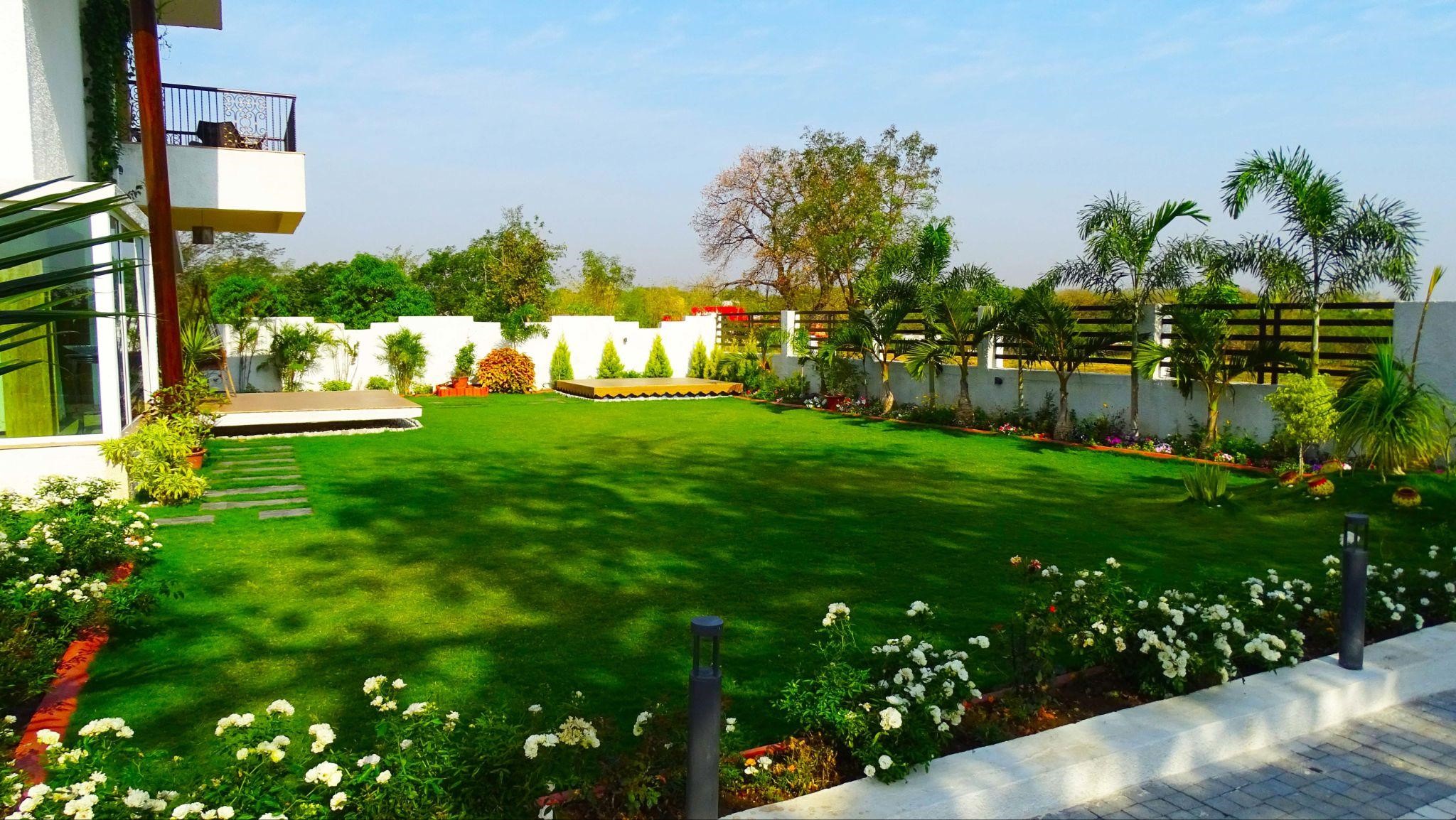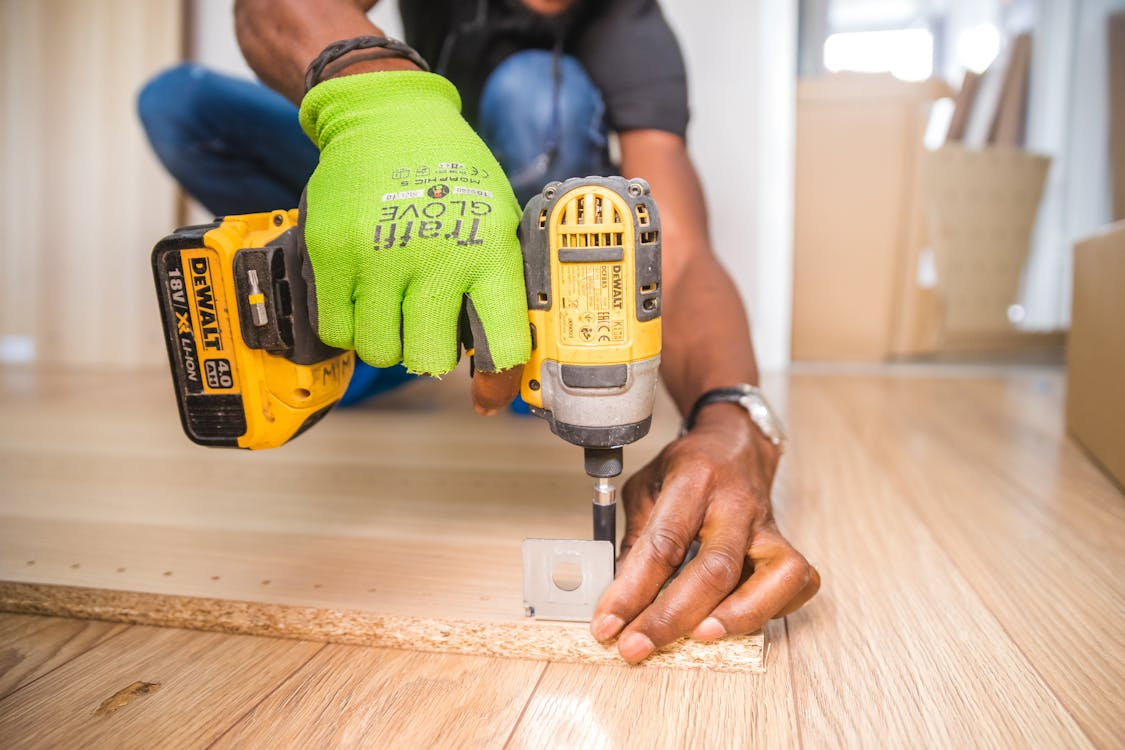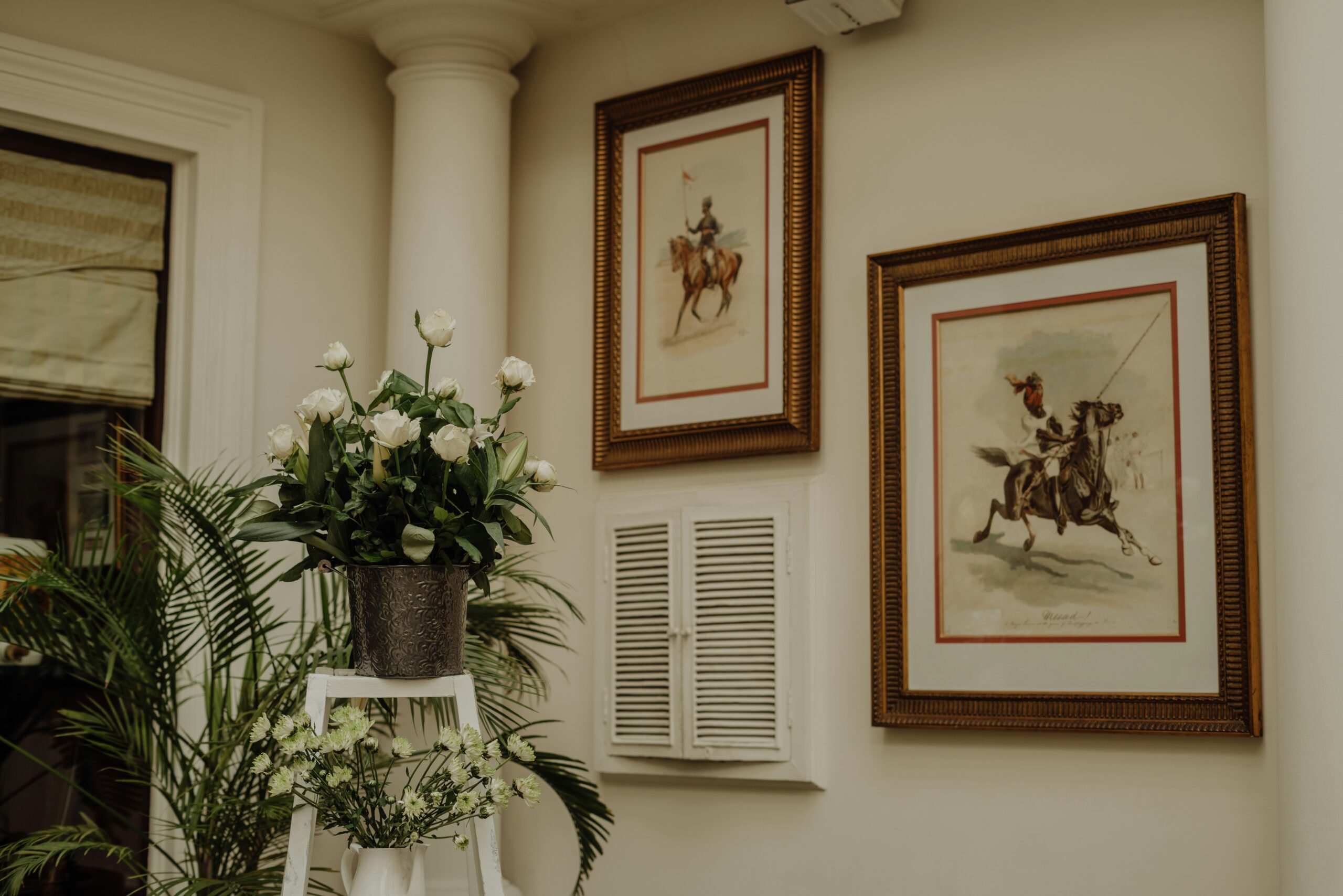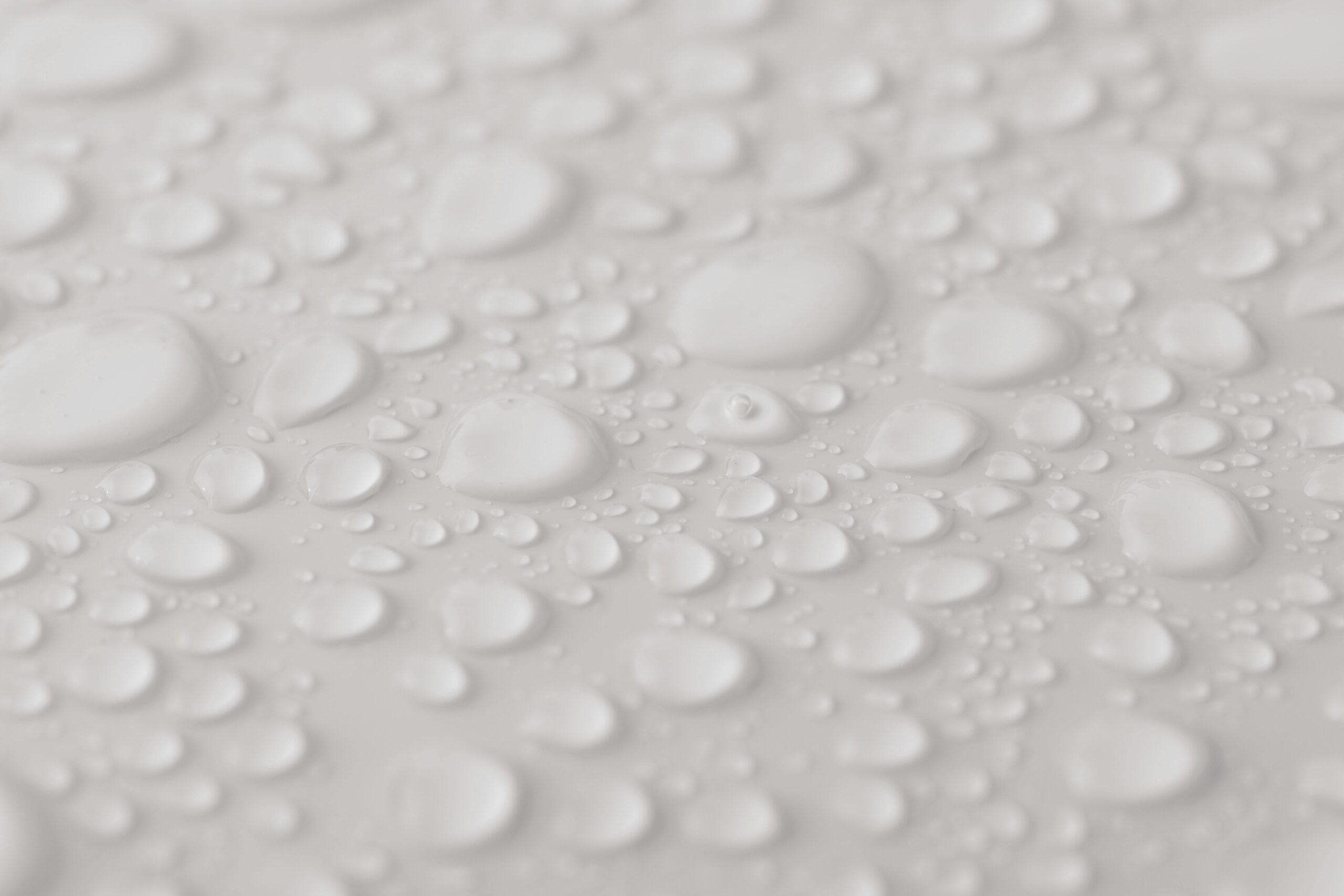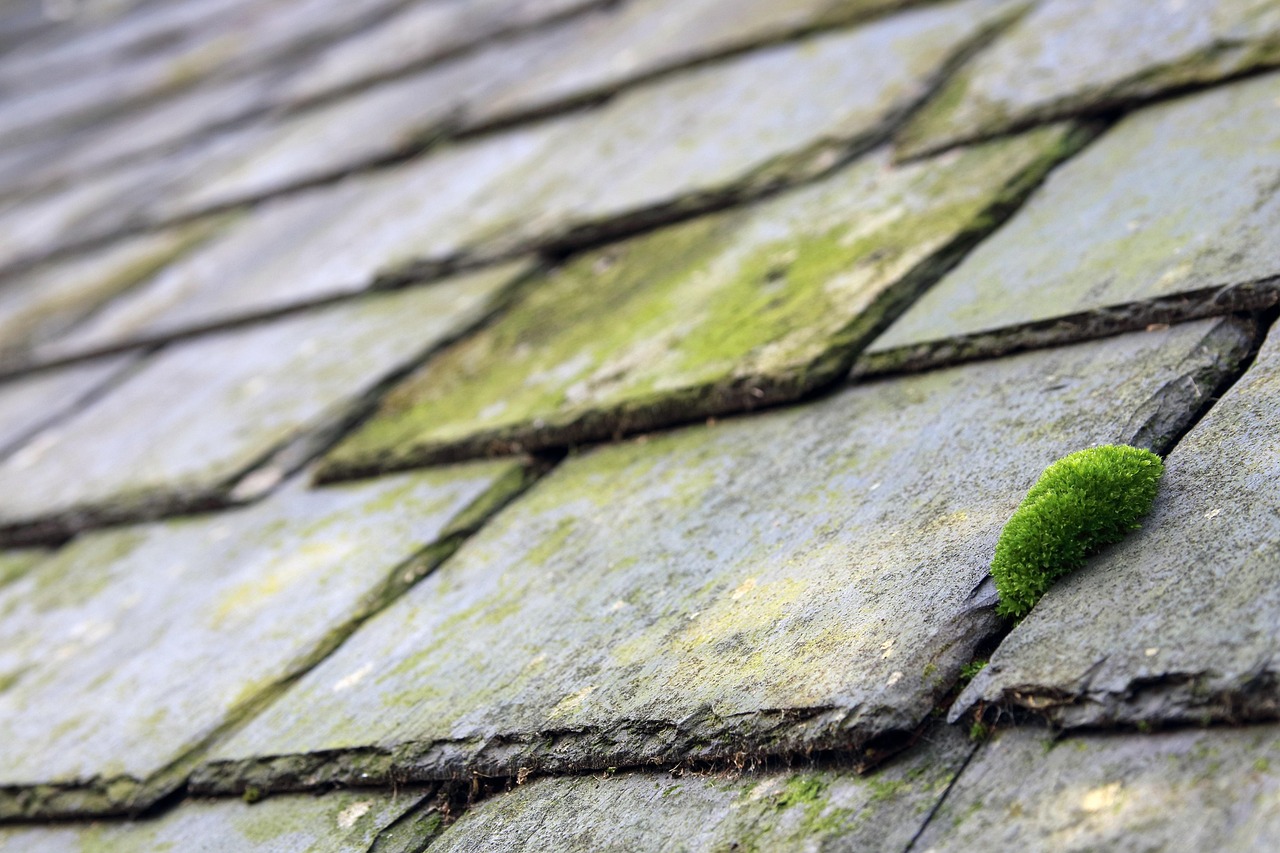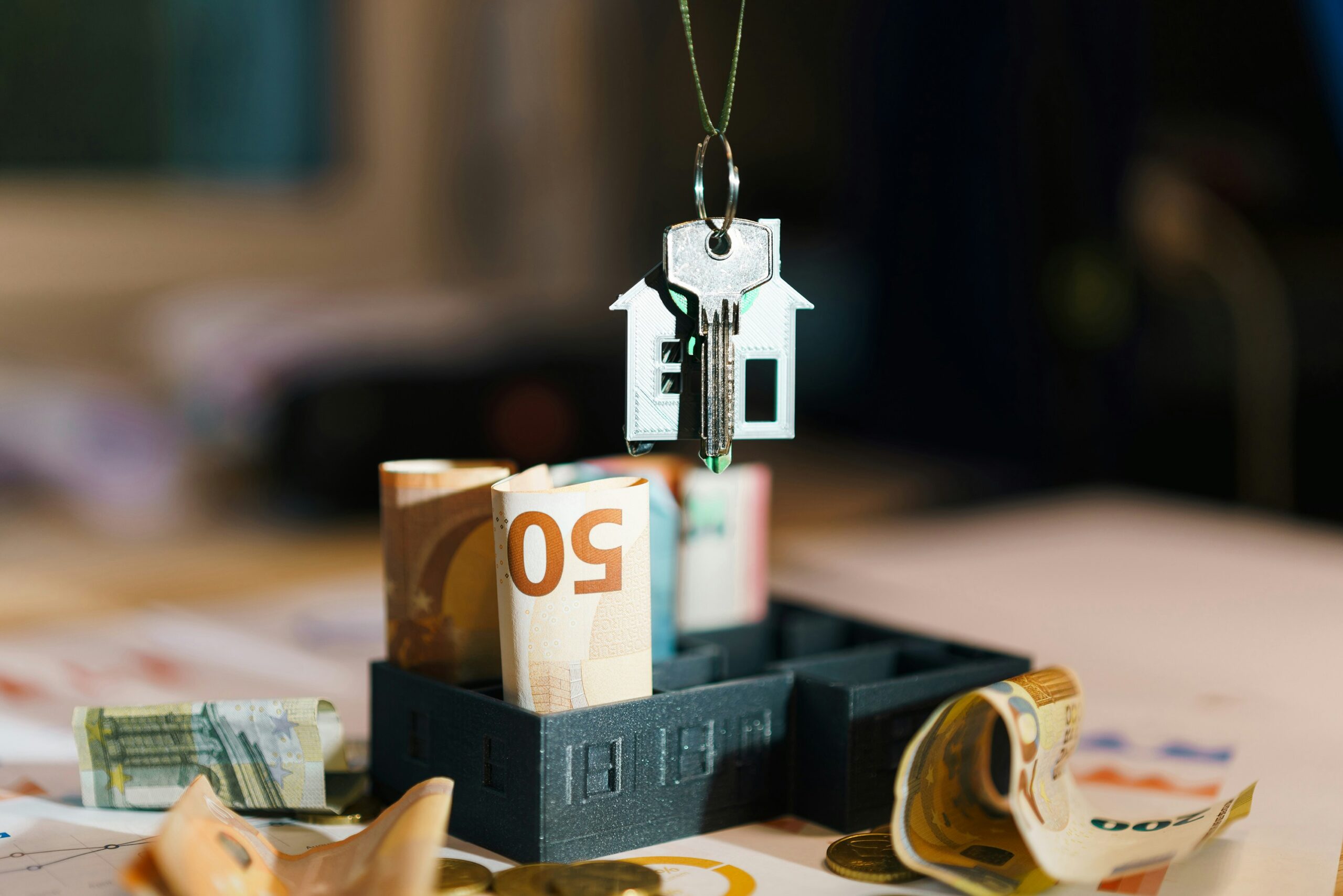Seattle’s unique climate—mild winters, rainy springs, and dry summers—creates both opportunities and challenges for gardeners. Trees are foundational to a thriving garden, offering shade, structure, and year-round visual interest. However, integrating them into a home garden requires careful planning. From selecting climate-adapted species to balancing aesthetics with practicality, this guide explores how to design a Seattle garden that shines in every season, while emphasizing the importance of sustainable practices and professional tree care in Seattle for lasting success.
Key Factors in Tree-Centric Garden Design
1. Climate Compatibility: Choosing the Right Trees for Seattle
Seattle’s USDA Hardiness Zones (8b-9a) and maritime climate support a variety of trees, but not all thrive equally.
- Native Species: Western Red Cedar, Douglas Fir, and Vine Maple are low-maintenance choices adapted to local rainfall and soil (naturally acidic).
- Ornamental Options: Japanese Maple, Flowering Dogwood, and Stewartia add seasonal color but may need extra care in wet winters.
- Tradeoffs: Fast-growing trees like Red Alder provide quick shade but may crowd smaller gardens. Slow growers like Pacific Yew offer longevity but require patience.
Keyword Tip: Prioritize “Seattle-friendly trees” or “Pacific Northwest garden design” to align with local search trends.
2. Space and Layout: Maximizing Small Urban Gardens
Urban Seattle gardens often face space constraints. Strategic placement ensures trees enhance—not overwhelm—the design.
- Vertical Layering: Use columnar trees (e.g., Skyrocket Oak) to frame boundaries without encroaching on pathways.
- Multi-Functional Trees: Fruit trees (e.g., Dwarf Apple) offer edible yields and spring blossoms.
- Challenges: Root systems can disrupt foundations or utilities. Always consult a tree care Seattle expert for planting near structures.
3. Aesthetic Balance: Creating Four-Season Interest
A well-designed garden should captivate year-round.
- Spring/Summer: Flowering cherries or Magnolias provide bursts of color.
- Fall: Japanese Maples and Sweetgum trees deliver fiery foliage.
- Winter: Evergreens like Hinoki Cypress add structure and greenery.
- Tradeoff: Deciduous trees lose leaves in winter, requiring cleanup but allowing sunlight during darker months.
Pro Tip: Pair trees with perennials (e.g., Hellebores, Ferns) to fill gaps during seasonal transitions.
The Importance of Tree and Plant Healthcare
Even the best-designed garden can falter without proper maintenance. Trees are long-term investments, and their health directly impacts your garden’s beauty and safety.
Common Challenges in Seattle:
- Soil Saturation: Excess rainfall can lead to root rot. Ensure proper drainage with raised beds or gravel layers.
- Pests & Disease: Aphids, powdery mildew, and Sudden Oak Death are regional threats. Regular inspections are critical.
- Pruning Needs: Overgrown branches risk storm damage or block sunlight from understory plants.
This is where professional tree care in Seattle becomes invaluable. Programs like Bloom A Tree’s Tree Planting & Care Program offer tailored solutions, from soil testing to disease management, ensuring your trees thrive without compromising your garden’s design.
4. Sustainability: Balancing Ecology and Design
Seattle gardeners increasingly prioritize eco-friendly practices.
- Wildlife Support: Native trees attract pollinators and birds (e.g., Pacific Madrone).
- Water Conservation: Drought-tolerant species (e.g., Oregon White Oak) reduce irrigation needs.
- Tradeoff: Highly ecological designs may limit exotic or non-native ornamental choices.
5. Cost and Effort: Long-Term Commitments
- DIY vs. Professional Care: While planting a sapling is simple, maintaining mature trees (e.g., pruning 30-foot cedars) often requires specialized tools and expertise.
- Budget Tip: Start with smaller, container-grown trees to reduce initial costs, but factor in long-term care expenses.
Conclusion
Integrating trees into a Seattle garden is a rewarding endeavor that demands thoughtful planning. By selecting climate-adapted species, optimizing space, and prioritizing health through professional tree care in Seattle, you can create a resilient, four-season oasis. Remember, trees are not just decorative elements—they’re living investments that shape your garden’s future. Whether you’re a DIY enthusiast or rely on expert services, the key is to balance ambition with practicality, ensuring your garden grows as beautifully as your vision.

